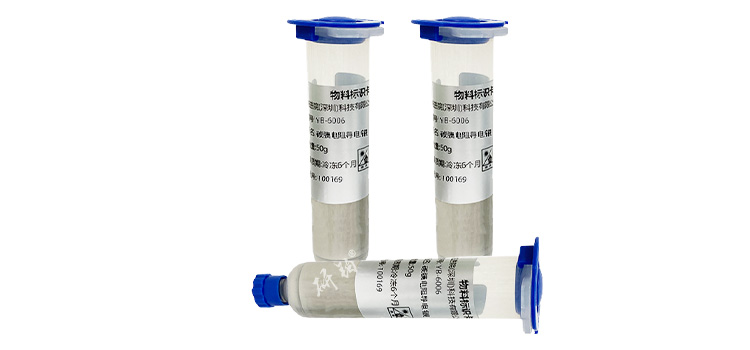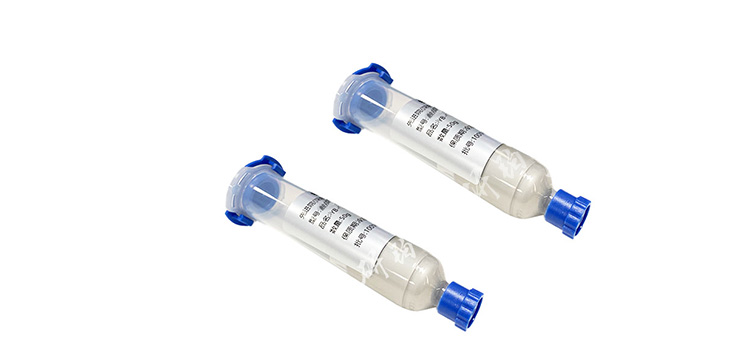

Hotline:0755-22277778
Tel:0755-22277778
Mobile:13826586185(Mr.Duan)
Fax:0755-22277776
E-mail:duanlian@xianjinyuan.cn
Conductive adhesiveIt is mainly composed of resin matrix, conductive particles, dispersing additives, and additives. The matrix mainly includes epoxy resin, acrylic resin, polyvinyl chloride ester, etc. Although highly conjugated polymers themselves have conductivity in their structure, such as pyridine like structures, which can conduct electricity through electrons or ions, the conductivity of these conductive adhesives can only reach the level of semiconductors and cannot have the same low resistance as metals, making it difficult to achieve conductive connections. Most of the conductive adhesives used in the market are filler type.
Filler type conductive adhesiveIn principle, various types of resin matrices can be used for the resin matrix, including thermosetting adhesives such as epoxy resin, silicone resin, polyimide resin, phenolic resin, polyurethane, acrylic resin, and other adhesive systems. These adhesives form a molecular skeleton structure of conductive adhesive after curing, providing mechanical and adhesive performance guarantees, and enabling conductive filler particles to form channels. Due to the fact that epoxy resin can cure at room temperature or below 150 ℃ and has rich formulation and designable properties, epoxy resin based conductive adhesives dominate.

Conductive adhesive requires that the conductive particles themselves have good conductivity and the particle size should be within an appropriate range, which can be added to the conductive adhesive matrix to form a conductive path.conductive fillerIt can be powders of gold, silver, copper, aluminum, zinc, iron, nickel, graphite, and some conductive compounds.
Another important component in conductive adhesive is the solvent. Due to the addition of at least 50% conductive filler, the viscosity of the resin matrix of the conductive adhesive increases significantly, often affecting the process performance of the adhesive. In order to reduce viscosity and achieve good processability and rheology, in addition to using low viscosity resins, solvents or reactive diluents are generally added. The reactive diluent can be directly used as the resin matrix for reaction curing. Although the amount of solvent or reactive diluent is not large, it plays an important role in conductive adhesives, not only affecting conductivity, but also affecting the mechanical properties of the cured material. Commonly used solvents (or diluents) should generally have a large molecular weight, evaporate slowly, and contain polar structures such as carbon oxygen polar segments in their molecular structure. The amount of solvent added should be controlled within a certain range to avoid affecting the overall bonding performance of the conductive adhesive.
In addition to the resin matrix, conductive fillers, and diluents, conductive adhesives also include crosslinking agents, coupling agents, preservatives, toughening agents, and thixotropic agents, just like adhesives.

5. Conductive mechanism:
Conductive adhesiveThe conductive mechanism is believed to be mainly the mutual contact between conductive particles, forming an electrical path and making the conductive adhesive conductive. The stable contact between conductive particles in the adhesive layer is formed due to the curing or drying of the conductive adhesive.
Conductive adhesive containing solvents, before curing or drying, the conductive particles are separated in the adhesive and do not have continuous contact with each other, thus being in an insulating state


Advanced Institute (Shenzhen) Technology Co., Ltd, © two thousand and twenty-onewww.avanzado.cn. All rights reservedGuangdong ICP No. 2021051947-1 © two thousand and twenty-onewww.xianjinyuan.cn. All rights reservedGuangdong ICP No. 2021051947-2